Noise. Whether it’s random white, red or blue specks or grain, we all experience noise.
It’s caused by various things, including heat, increasing light sensitivity of the camera, insufficient “information” or other factors. Here are six ways to reduce noise in your night photos.
1. Proper exposure
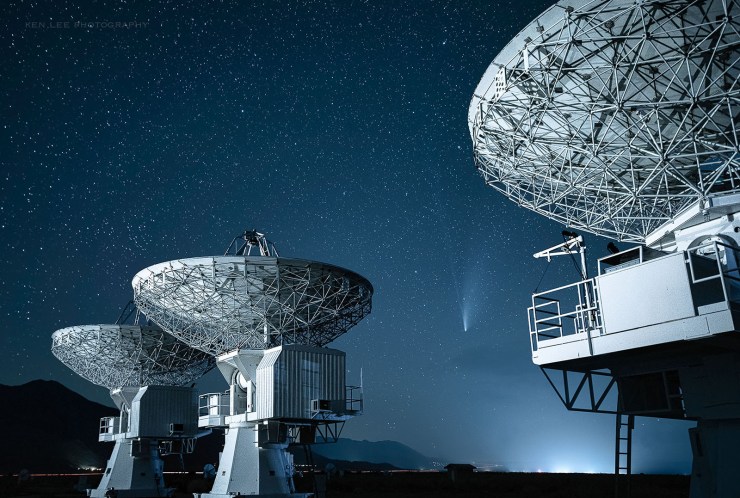
The most basic way is creating a proper exposure in the first place. This means not underexposing your photo, particularly since noise often ends up in the darker areas of the photo such as the shadows.
Check your histogram and make sure the waveforms are not crushed up against the left side. This indicates clipping. If necessary, adjust one or more of the settings in your exposure triangle — ISO, shutter speed or aperture — to try and get a proper exposure.
Another method is light painting or using LED light panels to add light to the foreground elements.
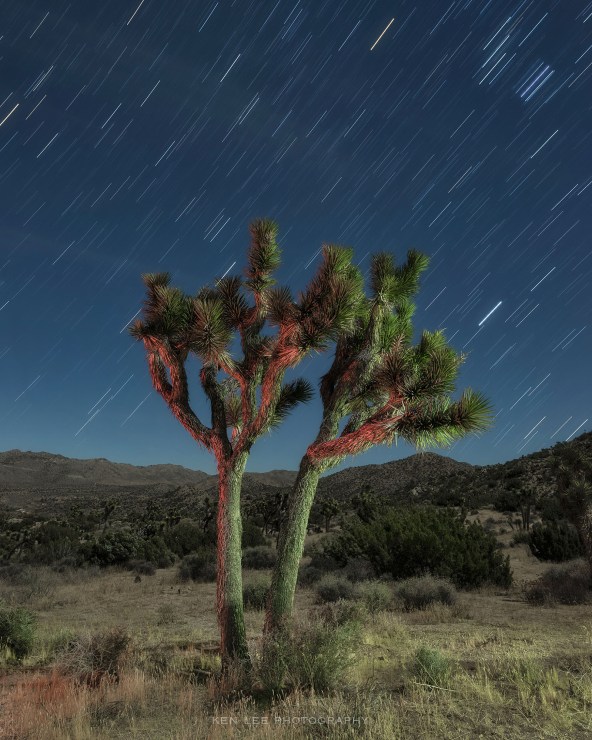
2. Stacking images
For the night photographer, photo stacking typically refers to one of two things. Thankfully, both reduce noise.
Star trails
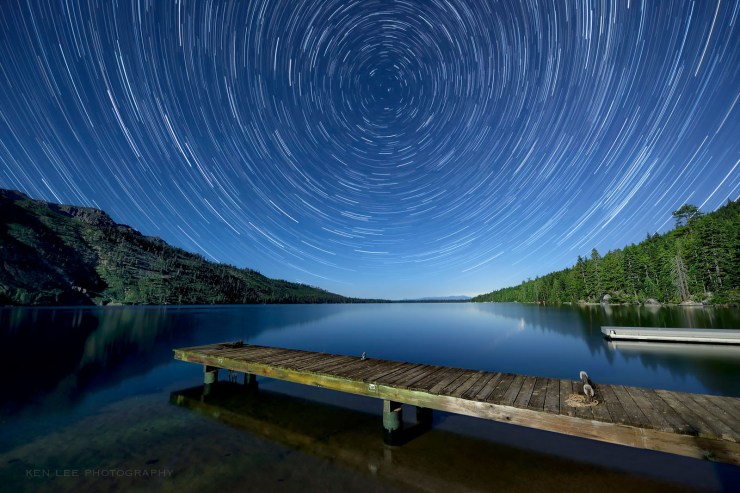
One can take successive photos with the same camera settings. Later, in Photoshop or another program, you may combine them as layers, and then change the layers from “normal” to “lighten” to allow the lighter parts, such as the stars, to shine through. This enables you to use shorter exposures, which reduces the amount of heat on the sensor.
For instance, a single hourlong exposure might be rather noisy; a stacked series of images equaling an hour, not so much.
Stacking for Milky Way or stars as pinpoints
When we take photos of the Milky Way or the starry sky as pinpoints of light, we want to use relatively short exposures. But to use short exposures, we need to increase the camera’s ISO so it is more sensitive to light. This can introduce noise. What to do?
One method that more and more night photographers are doing is taking successive photos for stacking. Like before, you would use the same camera settings. Then, they use either Sequator (PC) or Starry Landscape Stacker (Mac). They both reduce noise by using “image averaging” while combining images. As a bonus, they also remove airplane trails and artifacts. The program also aligns the stars so they appear as pinpoints. While you can do this in other programs, it can often be a laborious process.
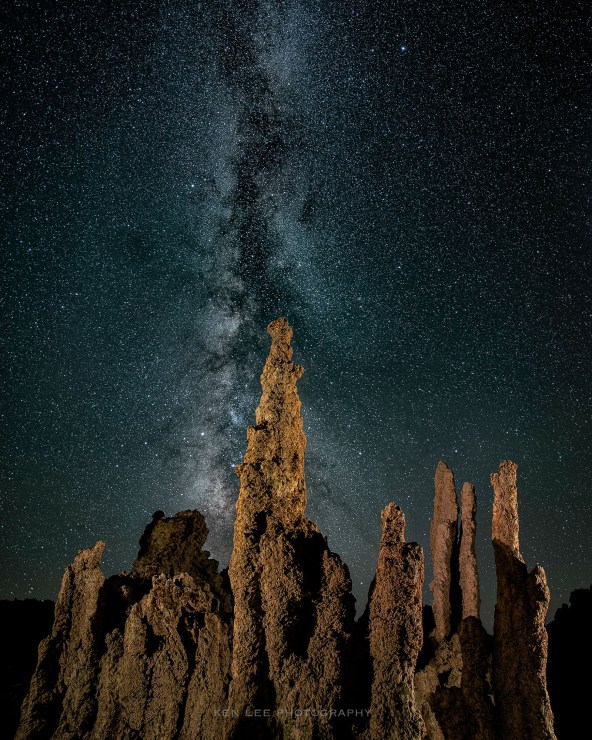
There is a downside of sorts, however. We typically have to take a separate photo of the foreground and then blend it with your starry sky photo. These programs help with this, but it does require extra effort.
When photographing the Milky Way, I like to take at least twenty photos. Images are richer and more detailed than my single exposure photos alone. And yes, cleaner.
3. Equatorial mounts
This is another method for taking photos of the Milky Way or starry sky as pinpoints. This addresses noise by allowing you to reduce your ISO.
Since the earth rotates, what an equatorial mount (or star tracker) does is it compensates for the earth’s rotation. You place the device between your camera and tripod, align it and allow it to take photos for as long as several minutes while still keeping the stars as pinpoints.
There is a downside of sorts, however. I’ll bet you guessed what it is. Yes, once again, it requires blending with the foreground. But you are rewarded with rich photos of the night sky that show richer color and detail not possible by using single exposures or even stacking images.
4. Avoid heat
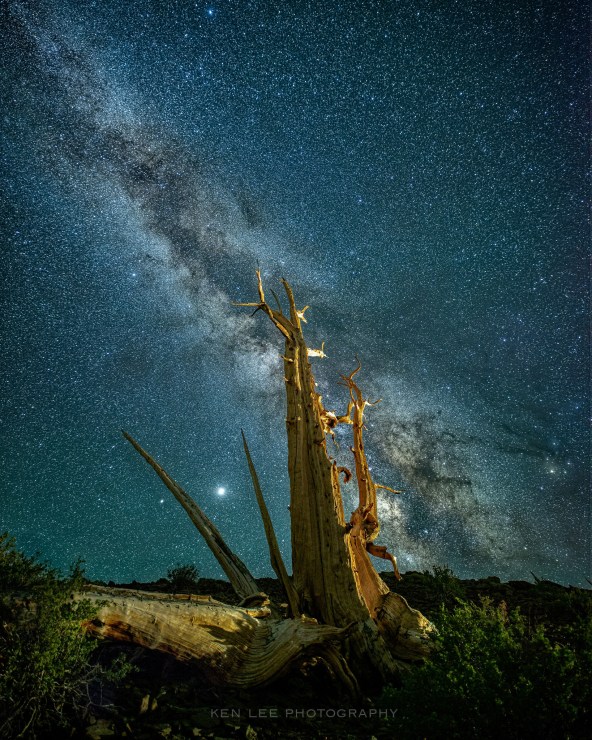
Heat does the night photographer no favors.
One way to avoid heat is to plan your photography shoots around cooler weather. Or we could avoid it entirely by heading to higher ground or the coast. We could also simply wait until 3 or 4 a.m. when it is considerably cooler.
But sometimes, we will need to photograph in hotter temperatures. One way of addressing this is to modify your camera, adding a heat transfer reduction system. Spencer’s Camera and Photo has been doing this for years. Some photographers swear by this.
I have seen photographers discuss other methods such as using cool gel packs or peltier coolers, but have never seen any of them in person. Still, I’ve given you more Google rabbit holes for you to disappear into for hours. Your family will wonder where you went. You can blame it on me.
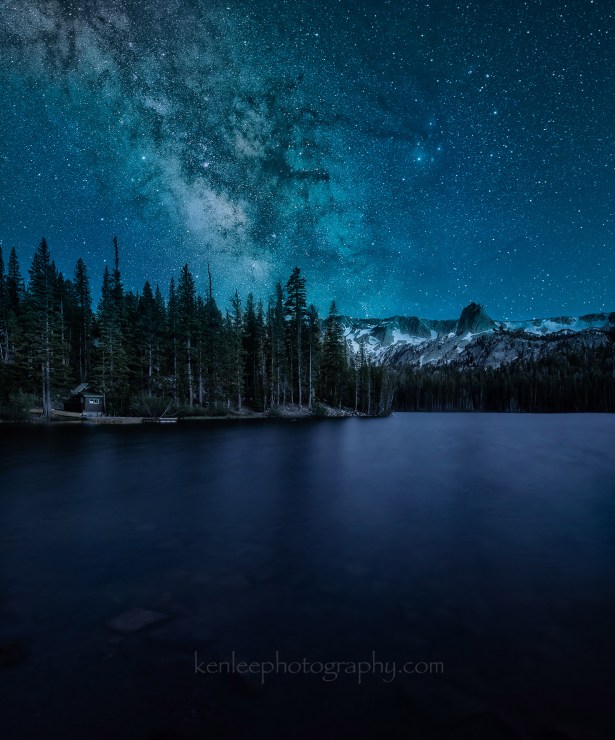
5. Noise reduction
Long exposure noise reduction
If your camera has manual controls, it probably also has long exposure noise reduction (LENR). Unless your camera “bakes” it into your RAW file (I’m looking at you, Pentax), you will likely need to use your camera manufacturer’s specific software to interpolate the noise reduction. In other words, programs like Lightroom will not recognize the proprietary noise reduction employed by your camera.
I don’t use it for this reason, as I typically use Lightroom. Another reason is using my camera’s LENR doubles the exposure time. If my exposure is three minutes long, my camera will take another three minutes to process the image after exposure time. Yeah, no thanks. And I can’t do it for stacking as described above because the photos would then no longer be in succession.
However, we can add noise reduction in post-processing. Lightroom and Photoshop have noise reduction software that are effective. There are also numerous plugins that you may use. Topaz Labs has been a leader with their Denoise and Denoise AI software. Nik DFine has numerous algorithms for different kinds of noise.
I apply noise reduction to its own layer in Photoshop. Then I use Lumenzia luminosity masking software to specifically target the sky or shadow areas if necessary.
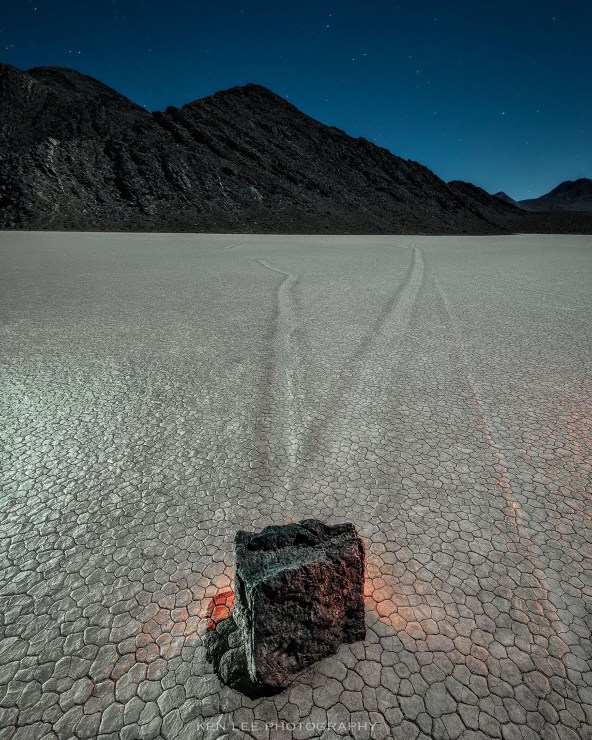
6. Dark frame subtraction
I must confess, I am really bad at doing this. That’s a shame since it’s easy. But I tend to forget.
Here, the idea is to take a dark frame photo at the temperature while you are there. Take a photo with the same settings that you are already using, but with the lens cap on. Then layer your image and the dark frame together, with the dark frame on top. Change the blending mode from “normal” to “difference.” Adjust the opacity to taste.
We are eliminating noise caused by heat. Essentially, the dark frame has no signal, only noise. The other image has signal and noise. Using the “difference” blending mode allows us to subtract the noise from the signal, leaving just the clean signal.
By the way, Starry Landscape Stacker and Sequator allow you to add a dark frame, giving the potential to reduce noise even further than stacking alone!
Six options for a clean image
You can explore some or all of these methods, and certainly, you can use several in conjunction with each other for even cleaner images. If you use dark frame subtraction with an equatorial mount while at 12,000 feet in elevation on a cool evening, your images are going to be extremely clean.
If you have comments or have other methods of reducing noise, please share in the comments!
Tell your story with the second annual Visual Storytelling Conference!
Experience four days of interactive, online training sessions featuring a range of educational content with experienced photographers and content creators. This free event kicks off with a series of technical boot camps to build essential skills, followed by live, online sessions on photography, video, business and social media. Join live from March 10-13, 2022!
